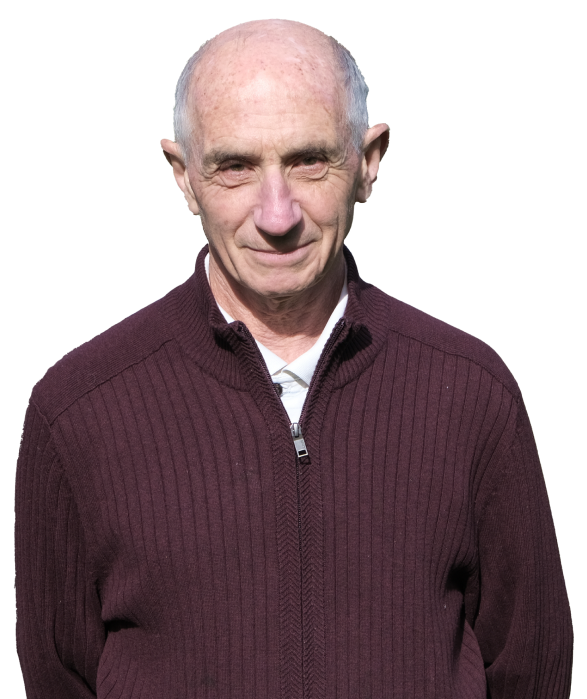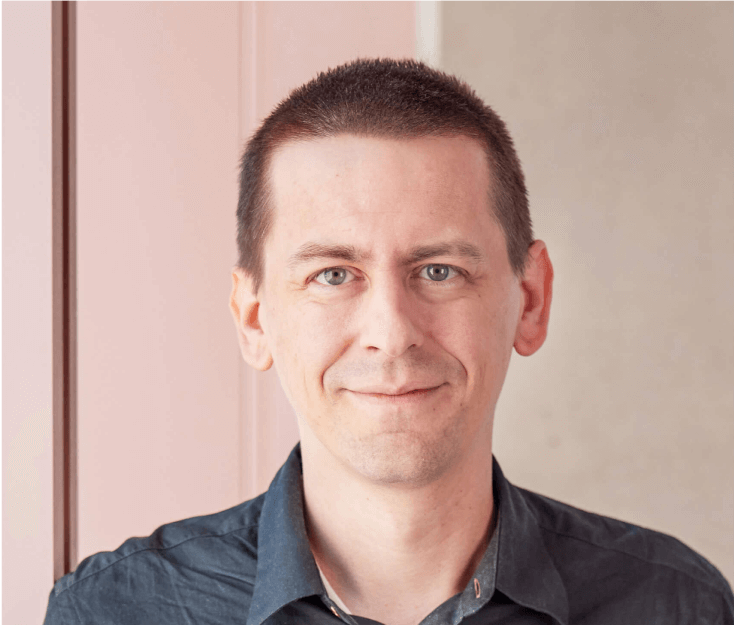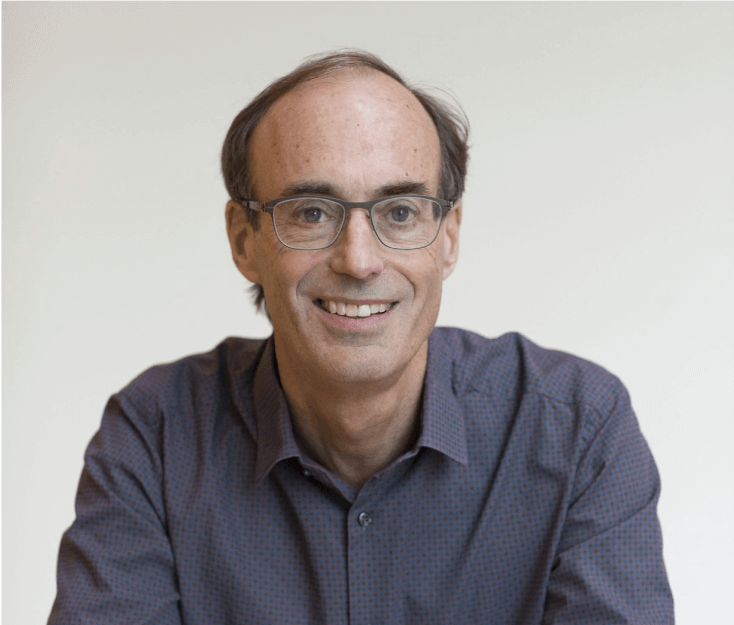2024
The TNQ Distinguished Lectures in Mathematics
Yakov Eliashberg
‘The Strange and Wonderful World of Symplectic Geometry’
Featured
Speaker
Symplectic and contact topology originated as a mathematical language for the qualitative problems of classical mechanics. It has deep connections with modern physics. The emergence of symplectic and contact topology has been one of the most important long-term advances in mathematical research over the past four decades. Eliashberg is among the main exponents of this development.
Yakov Eliashberg is currently the Herald L. and Caroline L. Ritch Professor of Mathematics at Stanford University. For his exceptional contributions over several decades, Professor Eliashberg has received several prestigious awards, the most recent being the 2024 BBVA Foundation Frontiers of Knowledge Award in Basic Sciences. Others include the Guggenheim Fellowship in 1995, the Oswald Veblen Prize in 2001, the Heinz Hopf Prize in 2013, the Crafoord Prize in 2016, and the Wolf Prize in 2020.
About the Speaker
Yakov Eliashberg was born in 1946 in Saint Petersburg (then named Leningrad), in the Soviet Union. He received his PhD from Leningrad State University in 1972 under the direction of the renowned mathematician Vladimir Abramovich Rokhlin.
From 1972 to 1979, he taught at the Syktyvkar State University, where he was Chairman of the Department of Mathematics.1976, Eliashberg’s brother and mother had emigrated to the United States, and nine years later, in 1988, Yakov Eliashberg and his wife followed suit.

Research
He spent his first year in the US as a Member of the Mathematical Sciences Research Institute (MSRI) at Berkeley, and in 1989, he was appointed the Herald L. and Caroline L. Ritch Professor of Mathematics at Stanford University, where he has remained.
Eliashberg’s early work was in the singularity theory of differential mappings, for which he received the Young Mathematician Prize from the Leningrad Mathematical Society in 1973. In the late 1970s, his interests shifted to symplectic geometry. In 1978 he proved a conjecture by Vladimir Arnold about the lower bound for the number of fixed points of area-preserving transformations of surfaces. Furthermore, Eliashberg developed a new combinatorial technique which allowed him to show that the group of symplectic transformations is C 0 -closed in the group of all smooth transformations. This fundamental result, also proved by Mikhael Gromov and now called the Eliashberg-Gromov theorem, spearheaded the new mathematical field of symplectic topology.
Eliashberg's results in the 1990s include the complete topological characterization of Stein manifolds of complex dimension greater than two and the discovery of dichotomy of contact structures on 3-manifolds into "tight" and "overtwisted" ones. These discoveries shaped the face of modern contact topology, which led to the classification of contact structures on the 3-sphere. Jointly with William Thurston, Eliashberg developed a theory of confoliations, which provides a unifying viewpoint on foliations and contact structures. This theory has found important applications in low-dimensional topology.
Together with Helmut Hofer, Eliashberg pioneered the development of contact homology theory. The relative version of this theory for Legendrian knots was independently constructed by Yuri Chekanov and Eliashberg and is now known as Chekanov-Eliashberg algebra. Later, jointly with Alexander Givental and Hofer, Eliashberg further developed contact homology into a powerful formalism of symplectic field theory (SFT). This work of Eliashberg has stimulated a lot of subsequent research in symplectic topology.
Awards & Honours
1972
The Young Mathematician Prize of the Leningrad Mathematical Society
1995
The Guggenheim Fellowship
2001
The Oswald Veblen Prize in Geometry of the American Mathematical Society (together with Jeff Cheeger and Mike Hopkins)
2003
Member of the National Academy of Sciences, USA
2013
Fellow of the American Mathematical Society
2013
The Heinz Hopf Prize (together with Helmut Hofer)
2016
The Crafoord Prize in Mathematics
2020
The Wolf Prize in Mathematics (shared with Simon Donaldson)
2021
Member of the American Academy of Arts and Sciences
2024
The BBVA Foundation Frontiers of Knowledge Award in Basic Sciences (shared with Claire Voisin)



